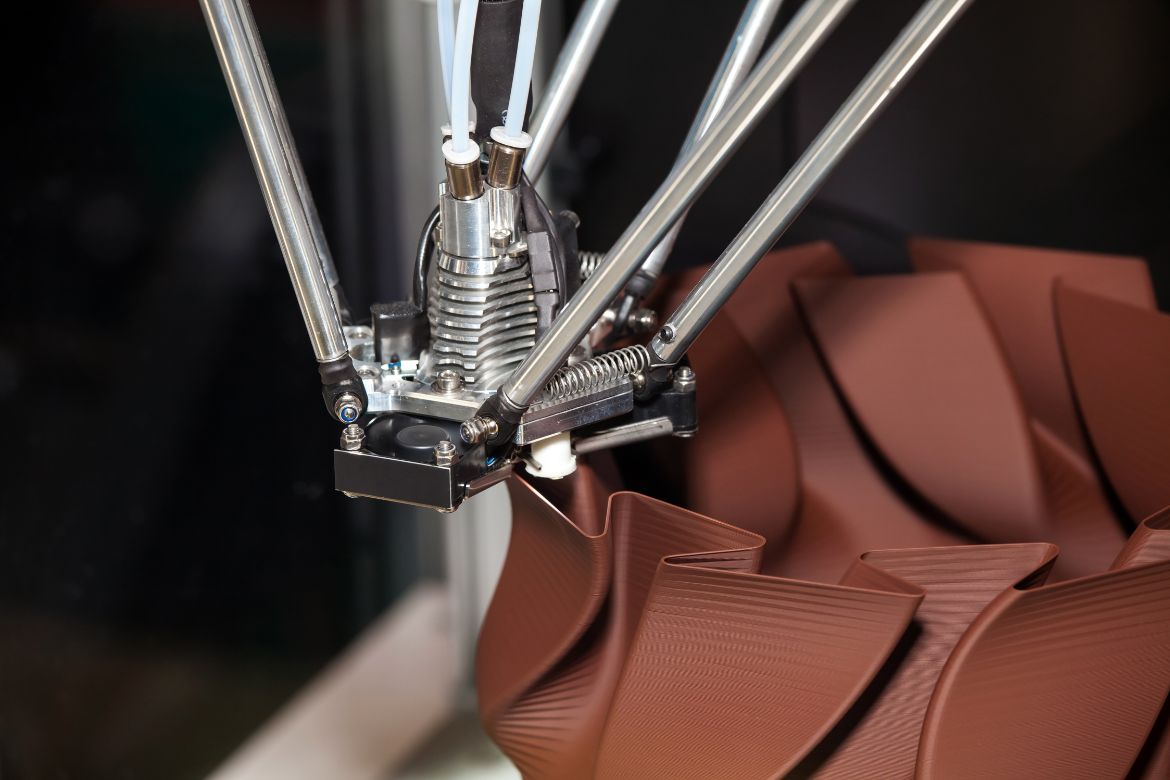Tips for Minimizing Waste When 3D Printing
In the realm of 3D printing, waste is a common but often overlooked issue. The process of 3D printing is indeed revolutionary, but it can also be quite resource-intensive, leaving behind a significant amount of unused material. However, with some careful planning and smart strategies, it’s possible to reduce this waste and make 3D printing more sustainable. Delve into practical tips for minimizing waste when 3D printing and learn how to enhance the efficiency of your operations while also contributing to a greener planet.
Optimize Your 3D Printing Designs for Less Waste
A significant step toward minimizing waste in 3D printing starts at the onset of the design stage. By optimizing your 3D models, you can significantly reduce the amount of material used during the printing process. This includes designing parts to be hollow instead of solid, using infill patterns that require less material, and orienting your model to minimize the need for support structures. Additionally, consider using software that allows for the nesting of parts, which enables you to fit multiple components into a single print job, thereby maximizing the use of available space and reducing waste.
Calculate Material Requirements Before Printing
Accurate calculation of material requirements before starting a print job is another effective tip for minimizing waste when 3D printing. By estimating how much filament you’ll need, you can avoid overestimating and wasting valuable resources. Many slicing software programs provide an estimate of material usage for each print job, so make sure to utilize this feature. Additionally, keeping a log of your past prints can help you refine your estimates over time, leading to more efficient use of materials.
Use Sustainable Materials for 3D Printing
Incorporating sustainable materials into your 3D printing projects can significantly reduce their environmental impact. Many companies now offer eco-friendly alternatives to traditional 3D printing materials. These include biodegradable filaments like PLA (polylactic acid), which is derived from renewable resources such as cornstarch or sugarcane. Another option is recycled or reclaimed filament, which is made from used plastic products. While these materials may sometimes be slightly more expensive or require special handling, their environmental benefits can make them a worthwhile investment for those looking to make their 3D printing practices more sustainable.
Recycle and Reuse 3D Printing Materials
One of the most effective ways to reduce waste in 3D printing is by recycling and reusing materials. Many types of 3D printing filament, including ABS and PLA, can be recycled after use. This involves collecting used or failed prints, support structures, and other waste products, then grinding them into small pieces that can be melted down and extruded into new filament. Some companies even offer recycling programs where you can send in your used filament for processing. Additionally, there are now desktop filament extruders available on the market that allow users to recycle their own waste materials at home. It’s also worth noting that some 3D printers can print with recycled materials such as PET plastic from water bottles. By recycling and reusing materials, we not only reduce waste but also conserve resources and reduce the overall environmental footprint of 3D printing.

